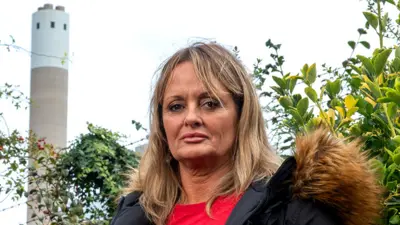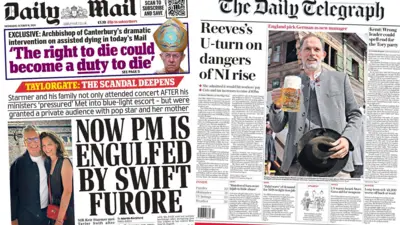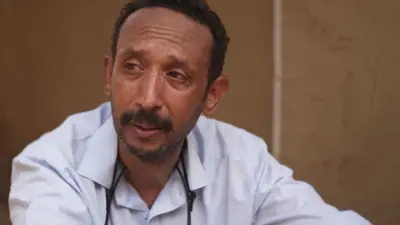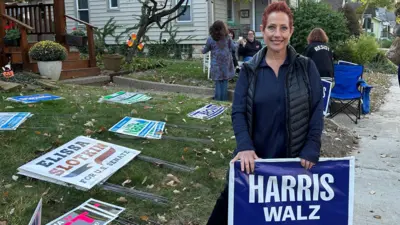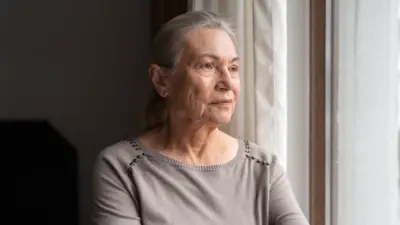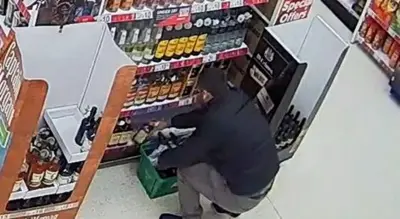We've updated our Privacy and Cookies Policy
We've made some important changes to our Privacy and Cookies Policy and we want you to know what this means for you and your data.
Council elections: What you need to know
Image source, PA
The elections for Northern Ireland's 11 councils are being held on Thursday - these are some of the things you need to know.
A total of 819 candidates are standing for election to 462 seats.
There are 1,463 polling stations, opening at 07:00 BST and closing at 22:00.
If you are unsure where your nearest polling station is, there is an easy search facility on the .
Anyone in a queue at a polling station at 22:00 will still be able to vote.
The local council election is an single transferable vote (STV) election.
Belfast City Council has 60 councillors; Armagh City, Banbridge and Craigavon Borough Council and Newry, Mourne and Down District Councils have 41.
The remaining eight councils have 40.
Voters must not take photos inside the polling station.
The polling card received through the post is for information purposes only, but you will need photo ID.
What ID do I need to vote?
- A UK, Irish or EEA driving licence (photographic part; provisional accepted)
- A UK, Irish or EU passport
- An Electoral Identity Card
- A Translink Senior SmartPass
- A Translink 60+ SmartPass
- A Translink War Disabled SmartPass
- A Translink Blind Person's SmartPass
The ID document does not need to be current but the photograph must be a good enough likeness to allow polling station staff to confirm your identity.
Children under 18 may accompany voters to the polling station but staff can limit the number of under 18s if voting is being impeded.
If you need assistance, you should ask a member of polling staff.
Counting begins at 08:00 on Friday and it is hoped most counts will be completed on Friday - the remainder should be completed on Saturday.
How does single transferable vote work?
- Councils are divided up into a number of district electoral areas (DEAs)
- Each DEA is represented by a number of councillors - usually between five and seven
- Under STV, voters rank candidates in order of preference by marking 1, 2, 3 and so on next to the names of candidates on a ballot paper
- A voter can rank as many or as few candidates as they like or just vote for one candidate
- Each candidate needs a minimum number of votes to be elected. This number is calculated according to the number of seats and votes cast and is called a quota. The first preference votes for each candidate are added up and any candidate who has achieved this quota is elected
- If a candidate has more votes than are needed to fill the quota, that candidate's surplus votes are transferred to the remaining candidates. Votes that would have gone to the winner instead go to the second preference listed on those ballot papers
- If candidates do not meet the quota, the candidate with the fewest first preference votes is eliminated and the second preference votes are transferred to other candidates. These processes are repeated until all the seats are filled
Top Stories
More to explore
Most read
Content is not available
